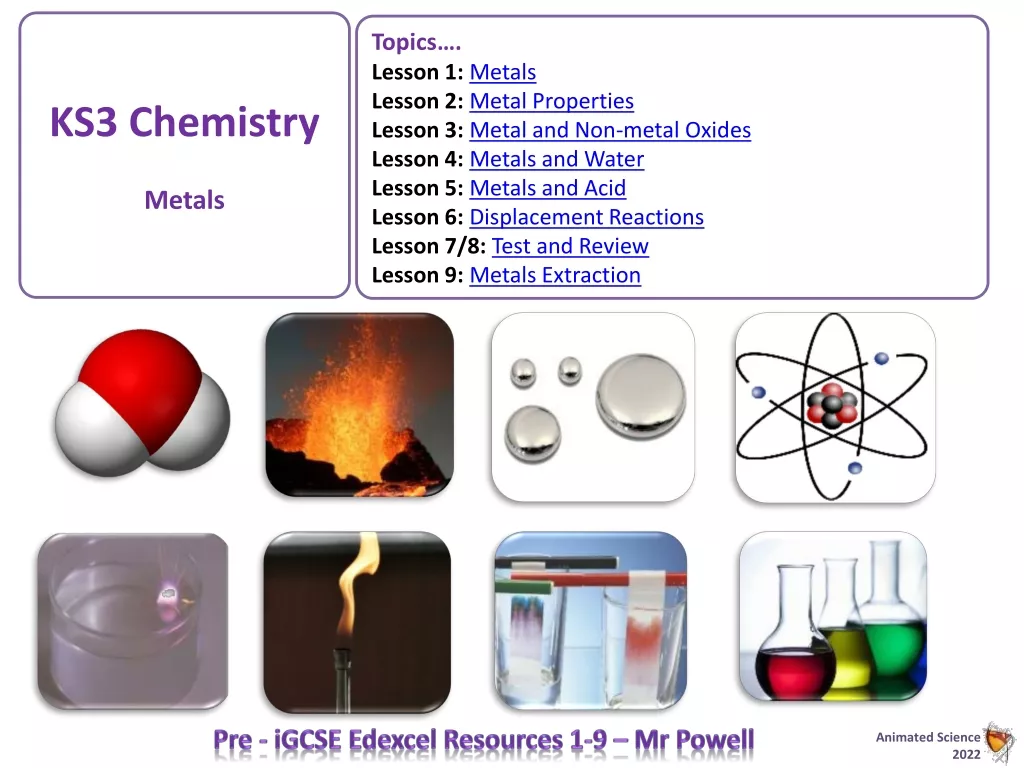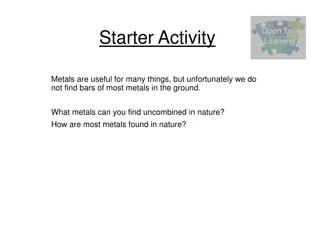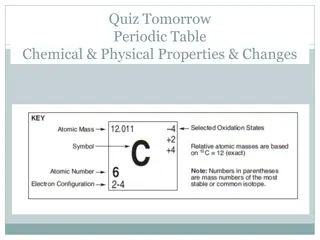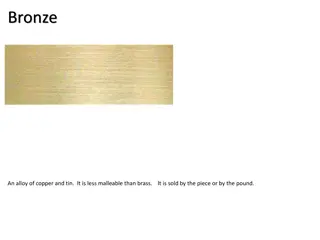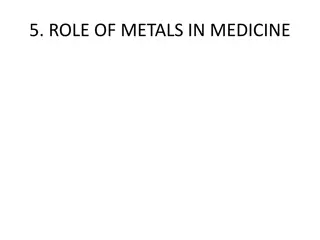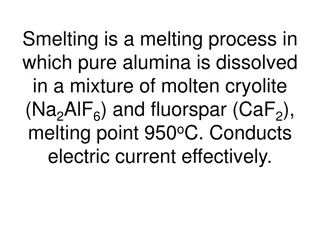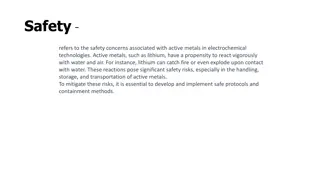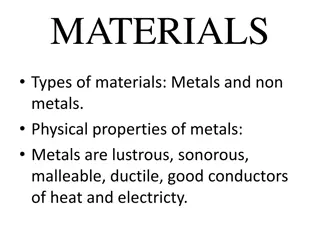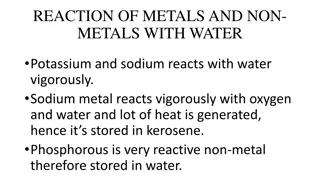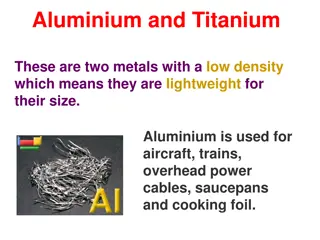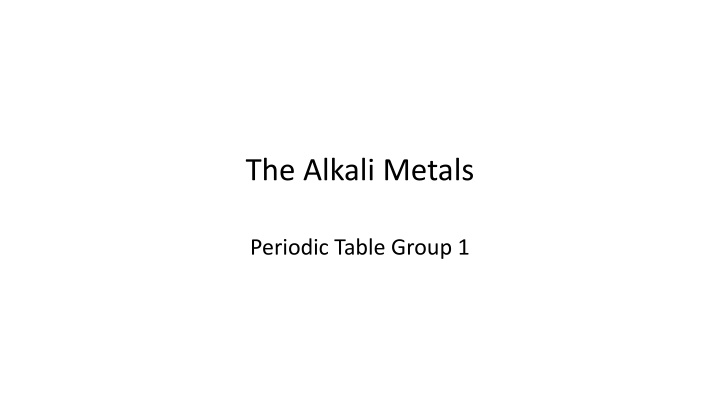
Understanding the Alkali Metals: Group 1 of the Periodic Table
Explore the characteristics and properties of the alkali metals, from their reactivity with water to their metallic bonding and trends in density and melting point. Witness school demonstrations of Lithium, Sodium, and Potassium in action. Discover why Rubidium and Caesium are restricted in school labs.
Download Presentation

Please find below an Image/Link to download the presentation.
The content on the website is provided AS IS for your information and personal use only. It may not be sold, licensed, or shared on other websites without obtaining consent from the author. If you encounter any issues during the download, it is possible that the publisher has removed the file from their server.
You are allowed to download the files provided on this website for personal or commercial use, subject to the condition that they are used lawfully. All files are the property of their respective owners.
The content on the website is provided AS IS for your information and personal use only. It may not be sold, licensed, or shared on other websites without obtaining consent from the author.
E N D
Presentation Transcript
The Alkali Metals Periodic Table Group 1
The Alkali Metals The alkali metals are all soft, silvery metals which react to a varying degree with water, so they are handled with forceps (tweezers) and stored in sealed containers under oil.
The Alkali Metals The individual metals all have ONE outer electron which they are keen to lose to obtain the stable electron configuration of the full outer shell of the nearest noble gas.
The Alkali Metals The closer the outer electron is to the nucleus, the harder it is to lose. This makes Lithium the least reactive of the Alkali Metals as the nuclear attaction is greatest. The increasing number of full shells of electrons as we progress down the group have an increasing shielding effect on the nuclear attraction, this makes the outer electron easier to lose.
The Alkali Metals Elements in the group one (i.e. alkali metals from lithium to francium) exhibit metallic bonding: the positive nuclei are held together thanks to the attraction to delocalised electrons. As the number of electron shells increases down the group, and consequently the atomic radii get bigger, the attraction between the nuclei and outer shell (valence) electrons decreases. Hence, the bonds are weaker and less energy is required to break them.
The Alkali Metals Density - The first three Alkali Metals are less dense than water and so they float Melting Point - decreases as we go down the group (as per the previous slide)
The Alkali Metals Seeing is believing !! School practical demonstrations of Lithium, Sodium and Potassium reacting with Water will be controlled by your teacher / tutor / instructor. Rubidium and Caesium are not permitted at school.....the videos will explain why !! (Videos)


